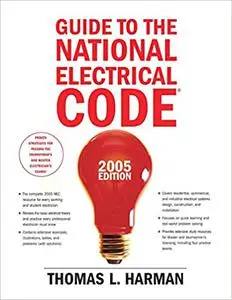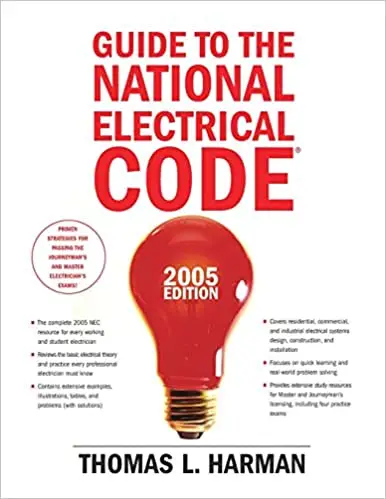Thomas L. Harman, "Guide to the National Electrical Code, 2005 Edition"
English | 2005 | pages: 450 | ISBN: 0131480022 | PDF | 3,4 mb
English | 2005 | pages: 450 | ISBN: 0131480022 | PDF | 3,4 mb
All You Need to Succeed with the 2005 NEC: Practical, Illustrated, and Hands-On
This book gives working and student electricians practical guidance for using the new 2005 National Electrical Code effectively–plus all the resources they need to prepare for their Masters or Journeyman's licensing exams. Leading NEC expert and instructor Thomas Harman systematically covers electrical systems design, construction, and installation for virtually any residential, commercial, or industrial environment. Then, simply and concisely, he reviews the basic electrical theory and practice that every Master Electrician must know.
Designed for rapid learning, this book contains extensive problem-solving exercises, examples, illustrations, and tables–all fully updated for the 2005 code. Whenever an NEC rule affects a calculation, the author identifies that rule for easy reference. For the first time, this edition contains four full sample exams designed to closely resemble current Master Electrician's exams. All answers are provided and carefully explained.
This edition discusses
- Wiring design calculations: general calculations, services, feeders, branch circuits, and more
- Calculating wiring designs for residential, commercial, and industrial occupancies
- Rules for installing branch circuits, feeders, services, high-voltage systems, general circuits/equipment, distribution equipment, and utilization equipment
- Special equipment installations, including electric signs, data processing systems, and swimming pools
- Special occupancies: hazardous locations, commercial garages, and gasoline dispensing or service stations
- Emergency, standby, and communications systems
- General electric theory: DC, AC, equipment, loads, conductors, transformers, and motors
My Link



